Given the code fragment:

Which two code fragments can be independently inserted at line n1 to enable the code to print the elements of the array in reverse order? (Choose two.)
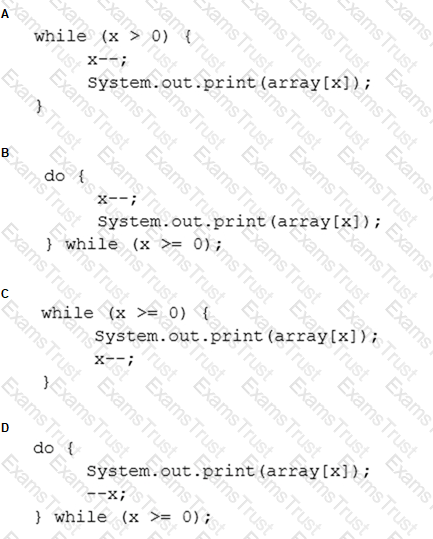

Given this array:

Which two code fragments, independently, print each element in this array? (Choose two.)
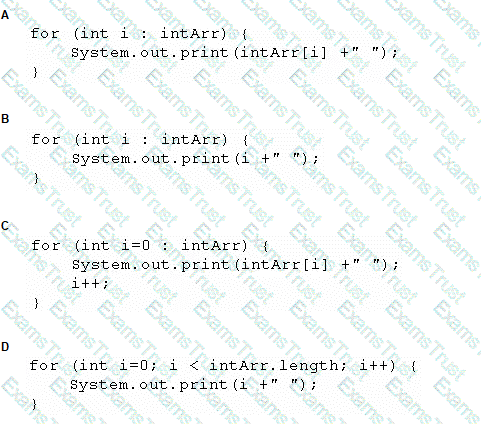
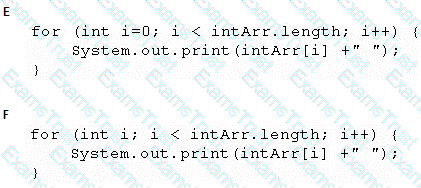
You are asked to develop a program for a shopping application, and you are given this information:
Which definition of the Toy class adds a valid layer of abstraction to the class hierarchy?
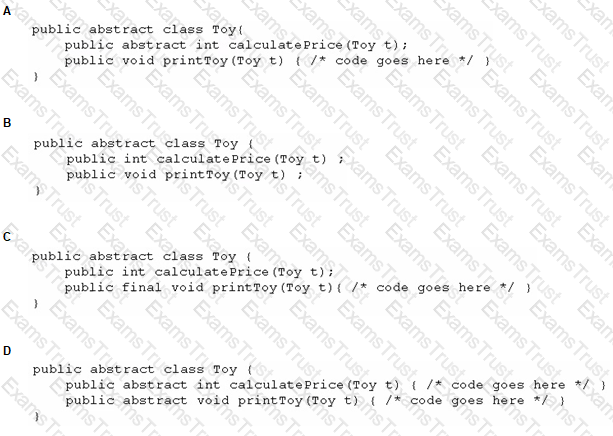
Given the code fragment:
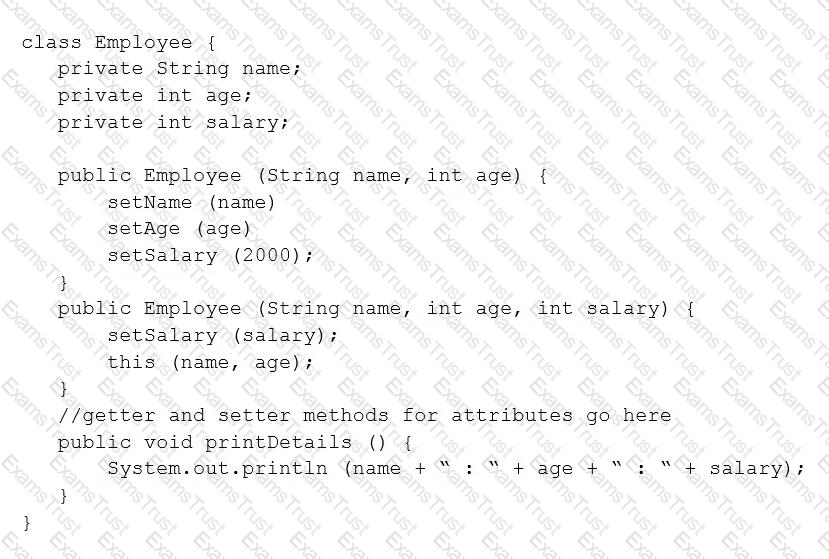
Test.java:
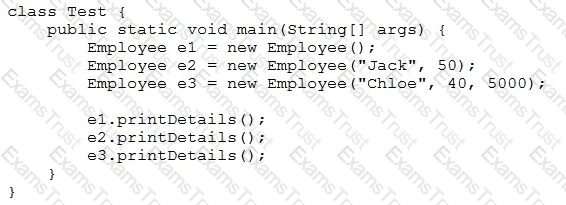
Which is the result?
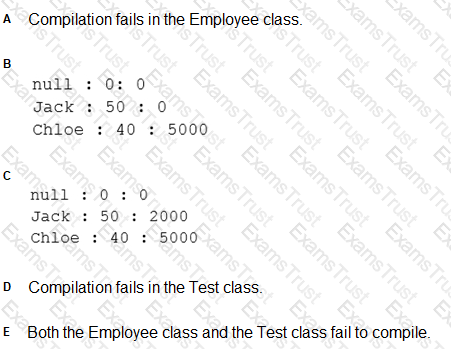
Given:
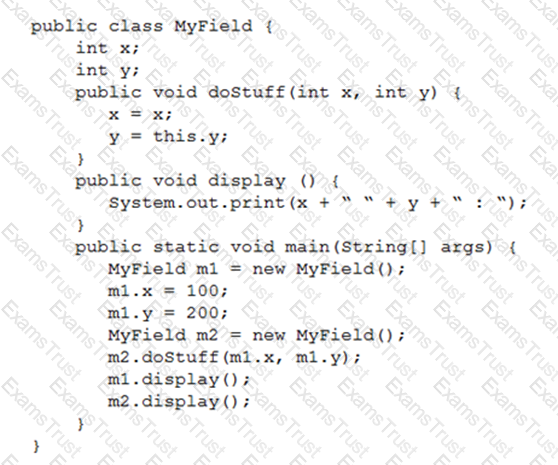
What is the result?
Given:
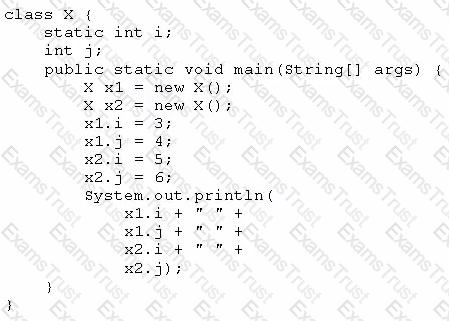
What is the result?
Given:
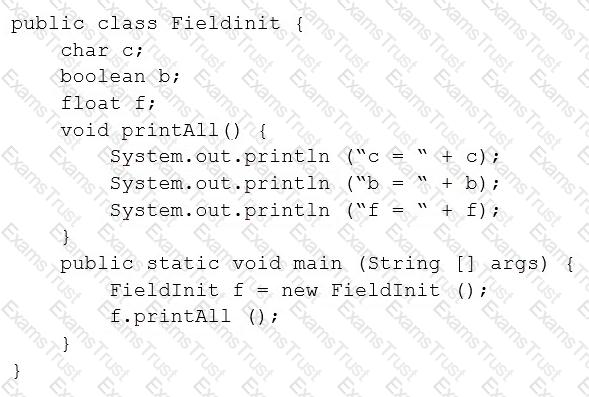
What is the result?
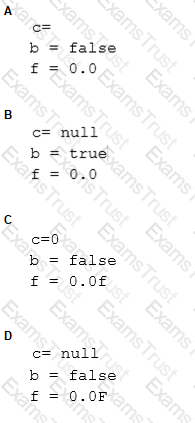
Given the code fragment:
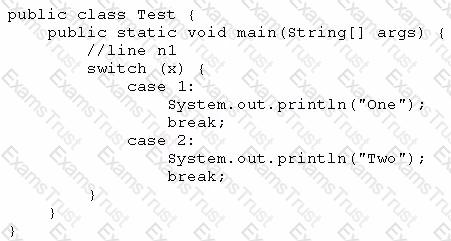
Which three code fragments can be independently inserted at line n1 to enable the code to print One? (Choose three.)
Given the code fragment:

Which three code fragments are valid at line n1?
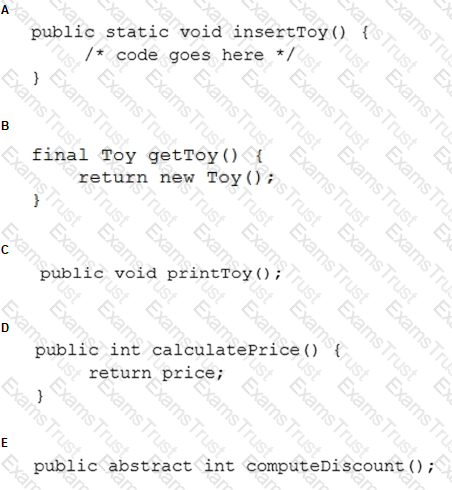
Given the code fragments:

And:
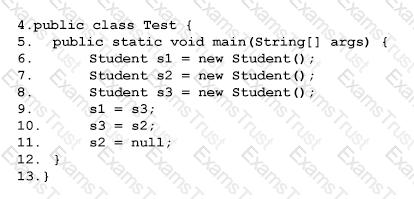
Which statement is true?
Given:
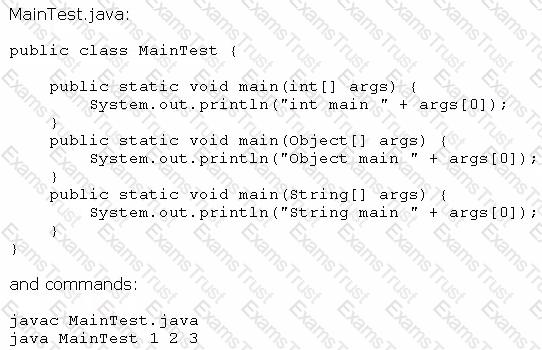
What is the result?
Given the code fragment:

And given the requirements:
1. Process all the elements of the array in the order of entry.
2. Process all the elements of the array in the reverse order of entry.
3. Process alternating elements of the array in the order of entry.
Which two statements are true? (Choose two.)
You are asked to develop a program for a shopping application, and you are given this information:
Which definition of the Toy class adds a valid layer of abstraction to the class hierarchy?

Which statement is true about the main() method?
Given the code fragment:
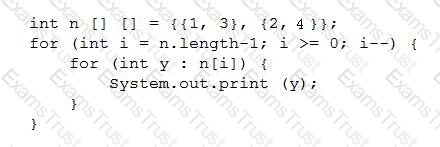
What is the result?
Which two array initialization statements are valid? (Choose two.)
Which two initialization statements are valid? (Choose two.)
Given the following main method:

What is the result?
Which three statements describe the object-oriented features of the Java language? (Choose three.)
Given:
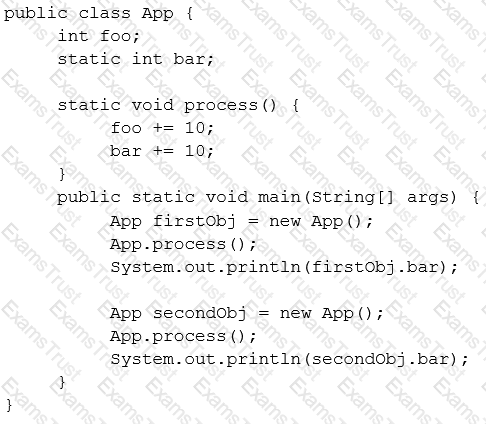
What is the result?
Given the code fragment:
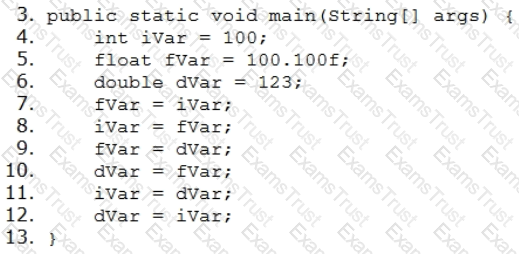
Which three lines fail to compile? (Choose three.)
Given the code fragment:
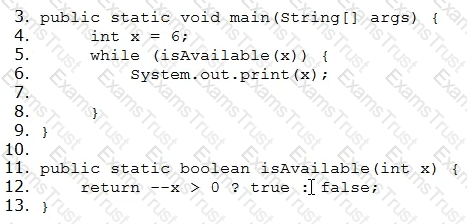
Which modification enables the code to print 54321?
Given:
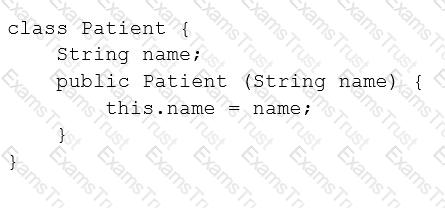
And the code fragment:
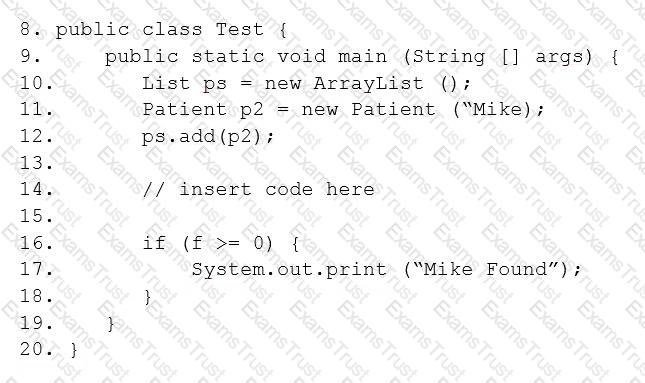
Which code fragment, when inserted at line 14, enables the code to print Mike Found?
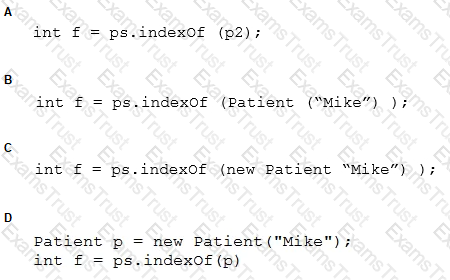
Which is true about the switch statement?
Given:
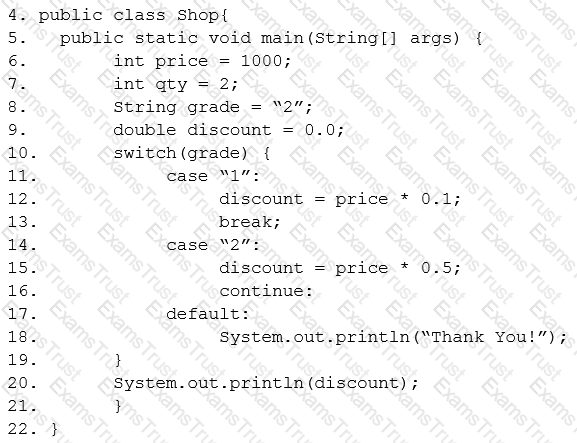
Which statement is true?
Given the code fragment:
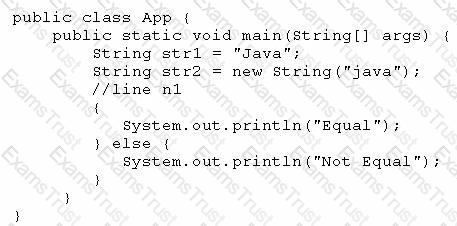
Which code fragment, when inserted at line n1, enables the App class to print Equal?
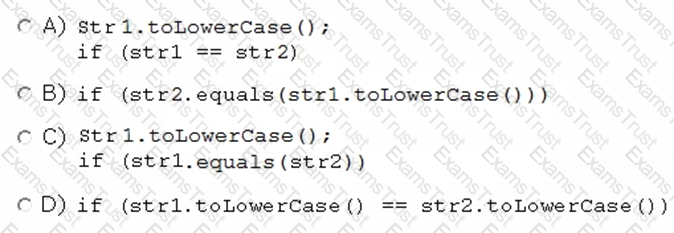
Which three statements describe the object-oriented features of the Java language? (Choose three.)
Given:

And given the commands:

What is the result?
Given:
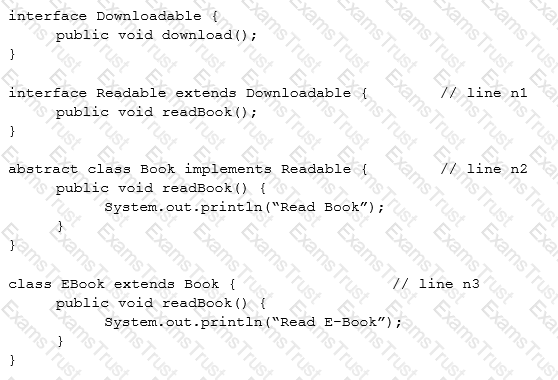
And given the code fragment:

What is the result?
Given:

Given the code fragment:
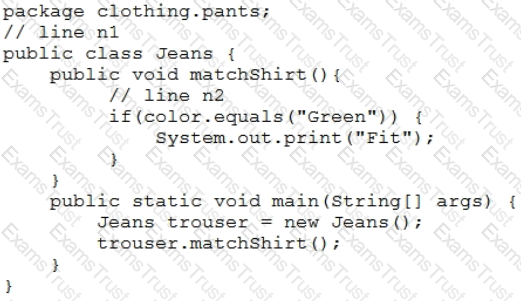
Which two sets of actions, independently, enable the code fragment to print Fit?
Given:
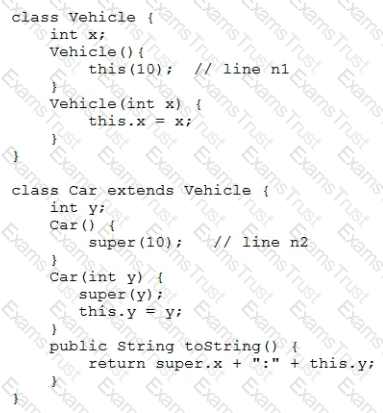
And given the code fragment:

What is the result?
Given this code for a Planet object:
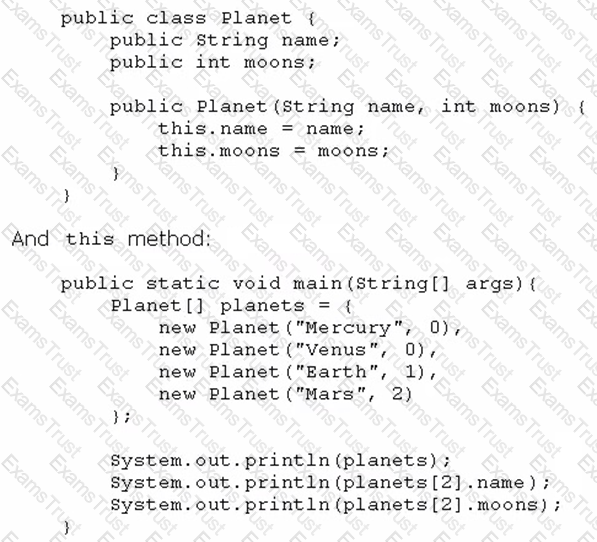
What is the output?
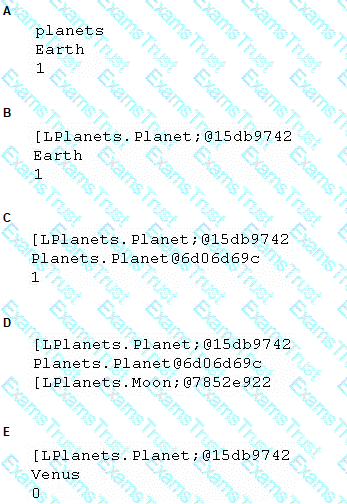
Given:
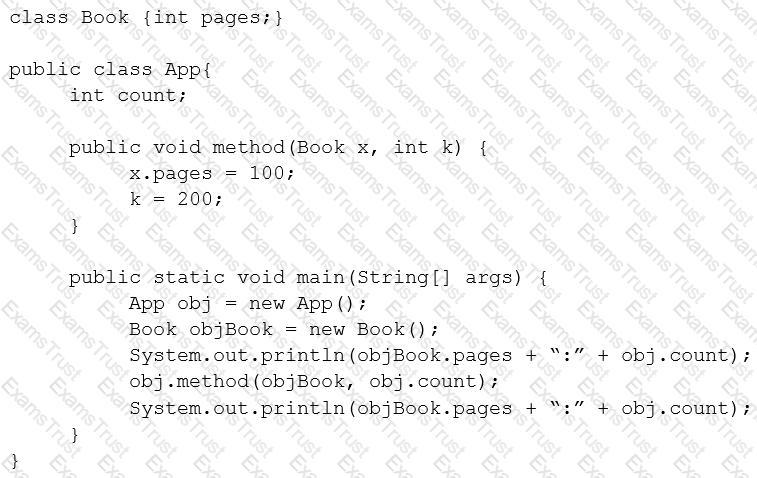
What is the result? A. 0:0
100:0
B.null:0
100:0
C.0:0
100:200
D.null:null 100:null
Given the code fragment:

What is the result?
Given the code fragment:
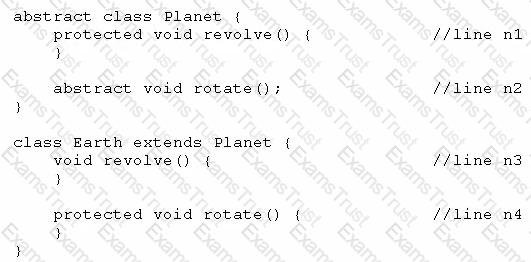
Which two modifications, made independently, enable the code to compile? (Choose two.)
Given the code fragment:
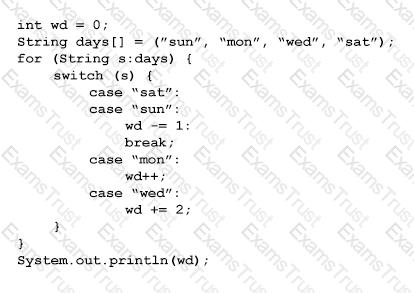
What is the result?
Given:
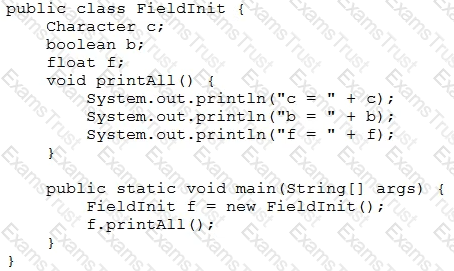
What is the result?
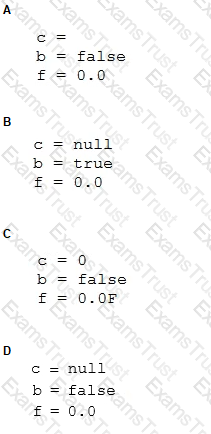
Given:

What is the result?
Given:
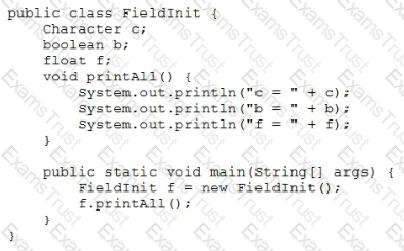
What is the result?
Given:
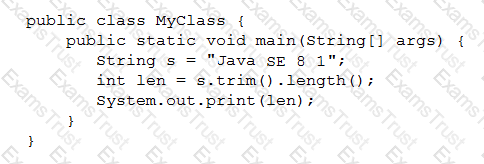
What is the result?
Given the code from the Greeting.Java file:

Which set of commands prints Hello Duke in the console?
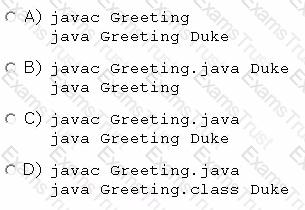
Given:

Which two code fragments can be inserted at line n1?
Given:
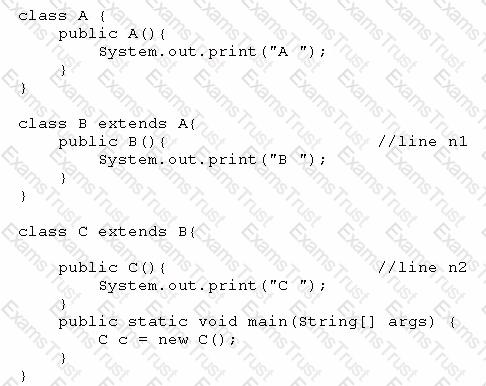
What is the result?
Given:
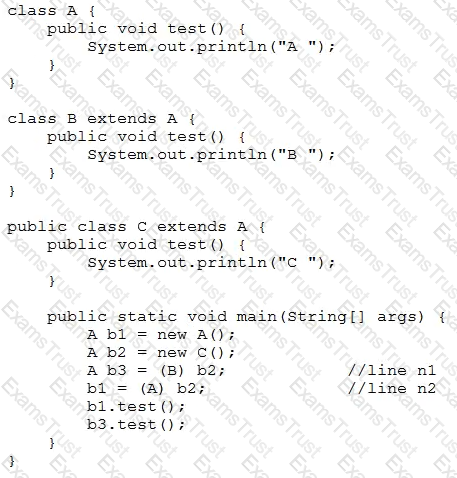
What is the result?
Given the code fragment:

Which option can replace xxx to enable the code to print 135?
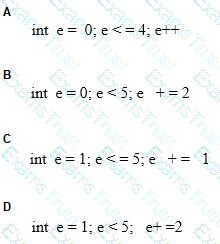
Given:
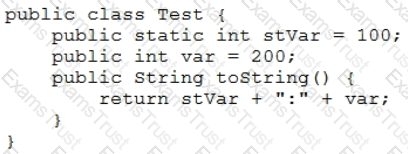
And given the code fragment:
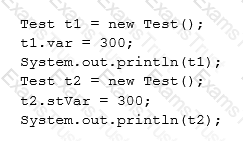
What is the result?
Given:
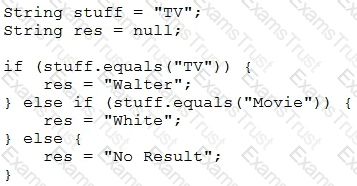
Which code fragment can replace the if block?
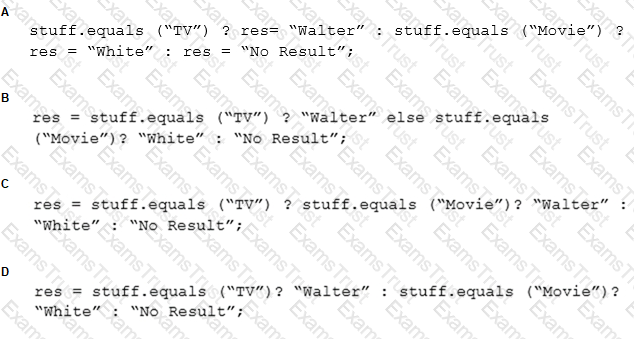
Which statement is true about the switch statement?
Given:
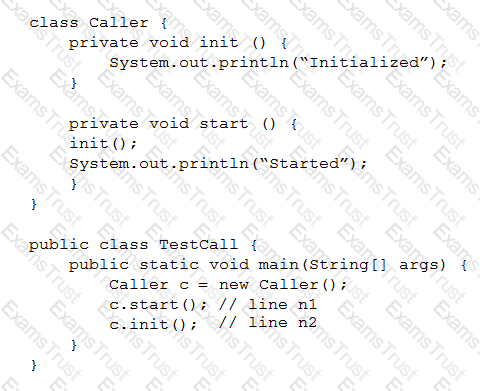
What is the result?
Which two statements are true about Java byte code? (Choose two.)
Given the code fragment:
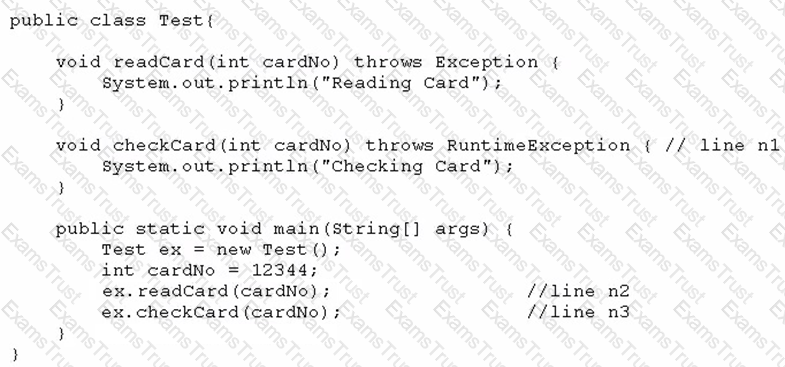
What is the result?
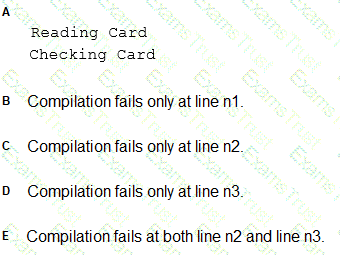
Given the code fragment:

Which code fragment, when inserted at line 9, enables the code to print true?
Which three statements are true about the structure of a Java class? (Choose three.)
Given:
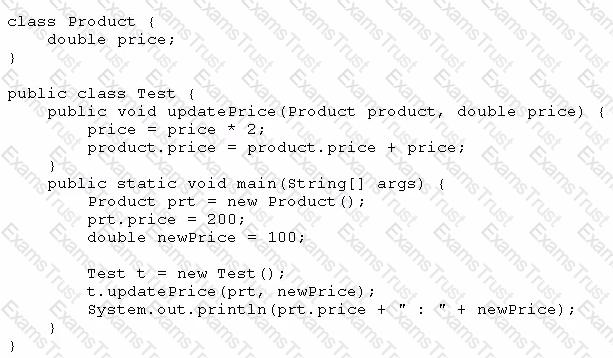
What is the result?
Given:
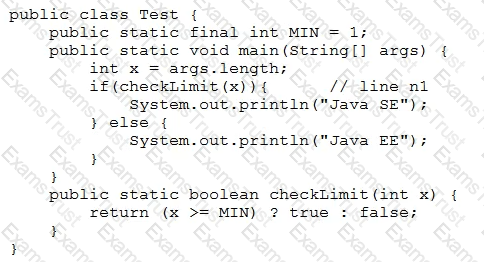
And given the commands:

What is the result?
Given:

What is the result?

Given the code fragment:

What is the result?
Given the code fragment:
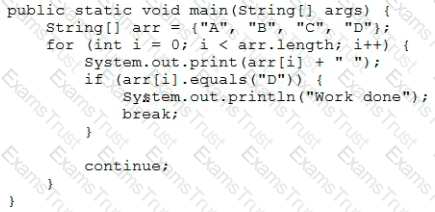
What is the result?
Given the code fragment:

What is the result?
Given:
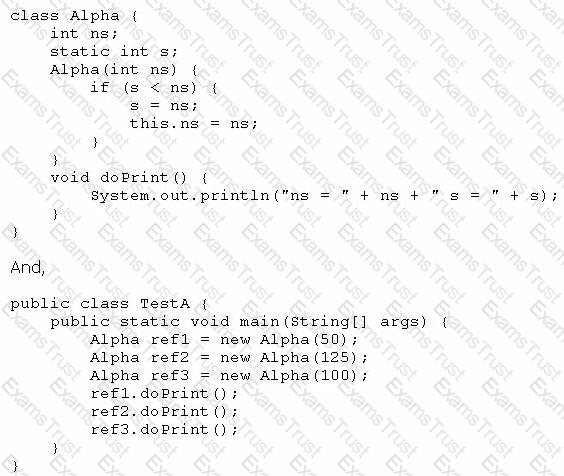
What is the result?
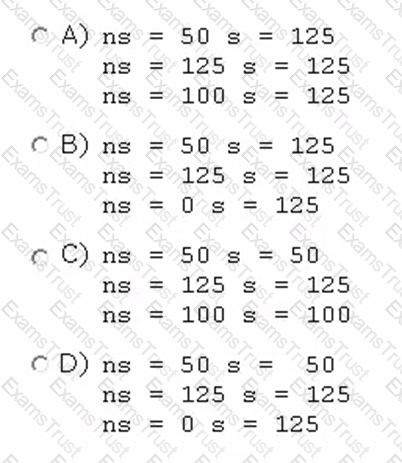
Given the code fragment:

What is the result?
Given:
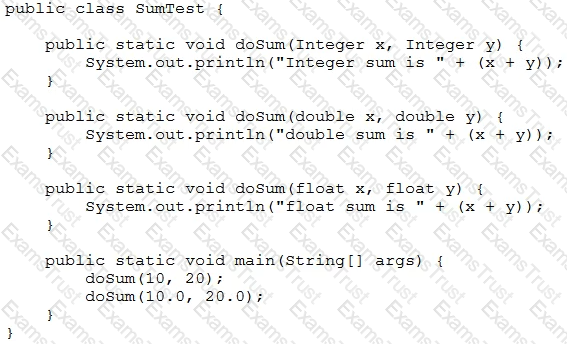
What is the result?
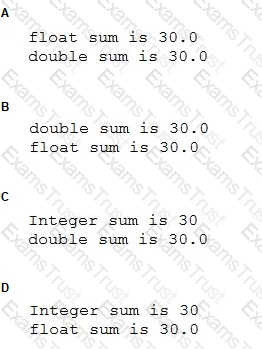
Given:
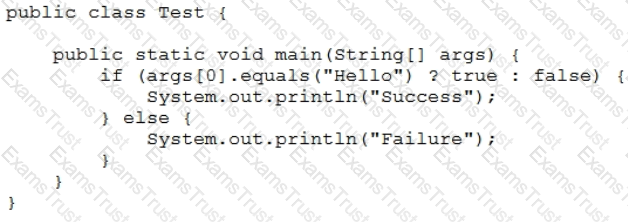
And given the commands:

What is the result?
Given the code fragment:
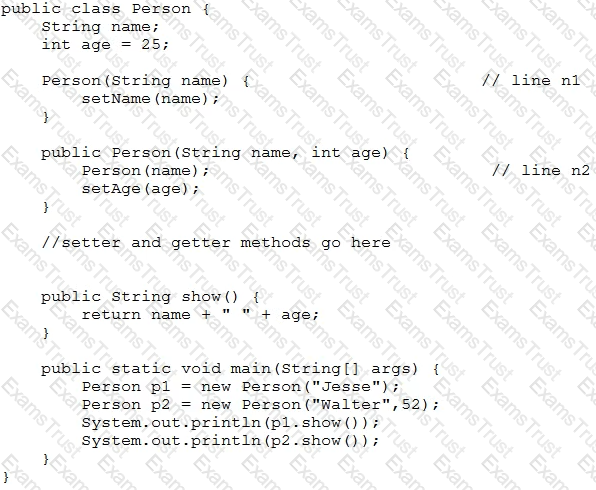
What is the result?
Given:
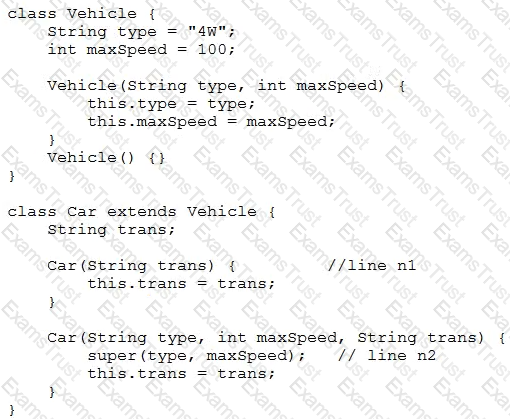
And given the code fragment:

What is the result?
Given the definitions of the MyString class and the Test class:
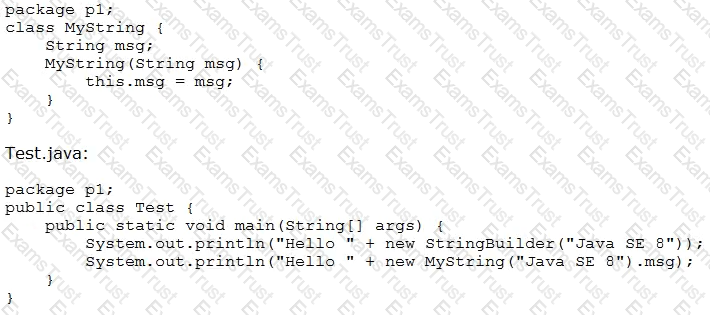
What is the result?
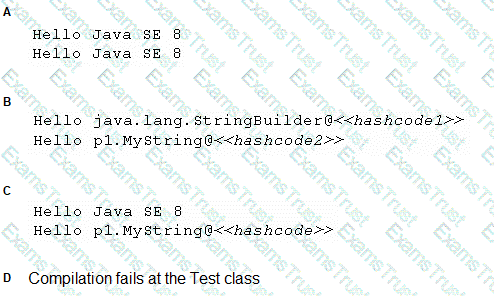
Given the code fragment:
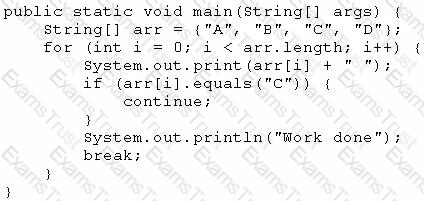
What is the result?